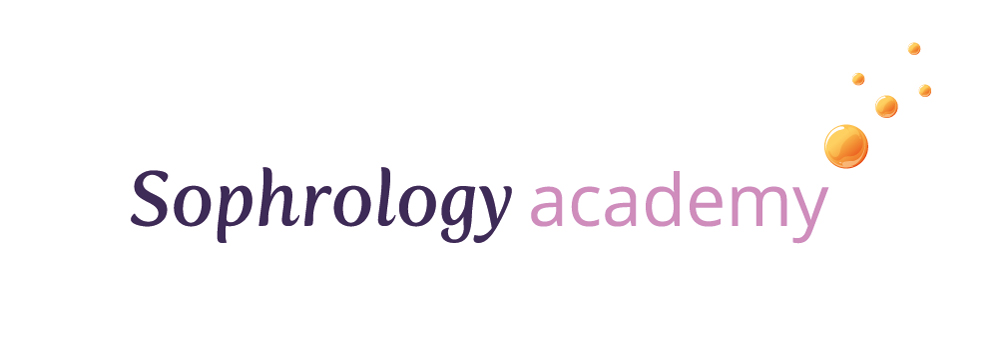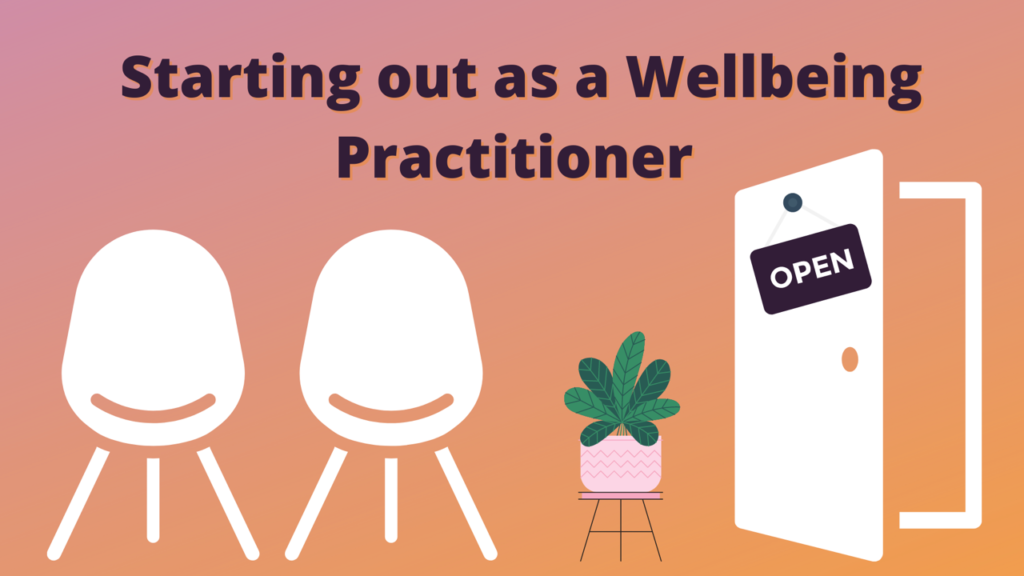Here at the Sophrology Academy, we are often asked by our students about setting up as a Sophrology Practitioner. Here is some basic information on the types of things you need to think about if considering becoming a self-employed practitioner of any wellbeing-related discipline. We hope you find it helpful!
The Basics: Registration and Setup
Setting up as self-employed is surprisingly a very simple process. A phone call to the HMRC will get you registered, and thereafter, it’s a case of keeping good paperwork and submitting a timely tax return. If you are starting as a sole-trader (ie., not a company) this is all you will need to do from their end, although you will naturally have to ensure that you have, where required, a licence to practice and appropriate insurances to cover you and your clients. Find out more about this in Starting Out as a Therapist or Wellbeing Practitioner Part 2.
Being a sole-trader offers many advantages such as simplified accounts, fewer statutory obligations and tax allowances. However, your personal assets are at risk if debts become unmanageable. This is how most in Wellbeing Processions start out, and it is possible at any time to set up a company if circumstances suggest this to be a better option further down the line.
Registering a Company requires a little more work, and involvement from other parties. You will need to identify a Secretary at the least, although this can be provided by Companies House. However, there are advantages to being a limited company; you will not be held personally liable for debts accrued should you have to wind up your business in the future. You can also pay yourself a wage which can help with credit ratings for lending purposes. Assets purchased and expenses are also much easier to separate (and must be separated!), with the ability to employ others as your business grows.
Overheads
Do some serious research before you start, to get a grasp of what expenses may be offset against your tax; everything from a proportion of your mortgage (if working from home) to a laptop or a heating repair may be eligible. Once your business is set up, you may find the book-keeping element time-consuming if you’re doing it retrospectively, so stay ahead and print off bills and expenses as they come in. Word of caution: don’t rely on businesses keeping copies on your online account, as your tax return is for the previous year – and some businesses only keep 6 months to one year of records!
There are simple ways of claiming for regular overheads on your tax return, with an option of a flat or proportional rate, or a £1000 trading allowance to make things easier. The self-employment section of the HMRC website is very informative and helpline staff are very approachable if you don’t mind a bit of a wait!
Maintaining Registration and Professional Affiliations
Achieving your qualification – or if required, further accreditation is only the beginning. When calculating your yearly costs, it’s important to include between 30hrs (eg., UKCP) and 50hrs (eg., BACP) of CPD to ensure that your license to operate remains valid where CPD is required for your continued membership. Check your discipline affiliations/memberships to determine how much time you must invest.
Of course, the purpose of CPD is to ensure that you are continuing to learn and develop as a practitioner, adding tools to your skill-set as you gain experience, and so professional development opportunities should be grasped wherever practicable!
Once you have registered with HMRC, and have done the groundwork on the legal requirements, it’s time to start looking at the practical side of setting up your own therapy or wellbeing business, such as finding the right premises, insurances and marketing/branding your business.


